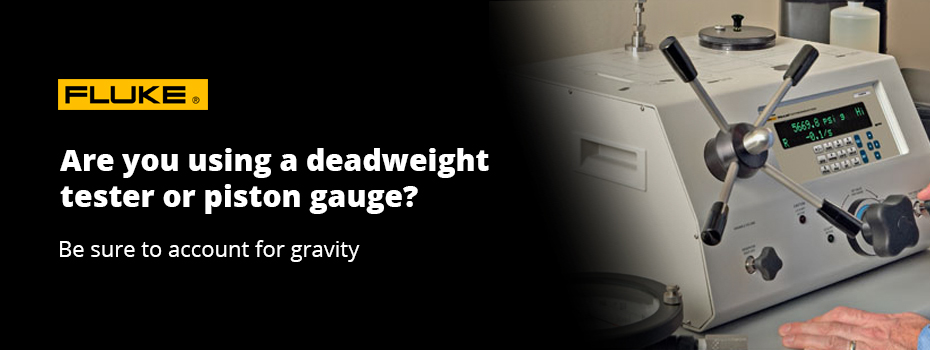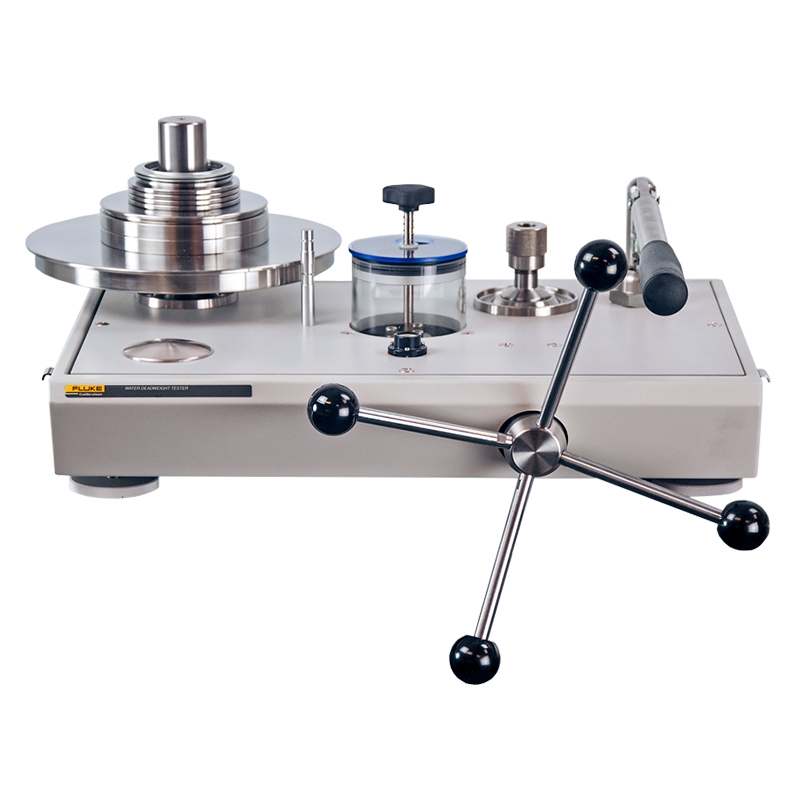
Gravity varies depending on where you are around the world, up to approximately 0.5%.
Local gravity correction is typically the largest environmental influence acting on the deadweight tester. When you are carrying out calibrations in your laboratory or on-site the local acceleration of gravity, where the pressure calibrator is being used, needs to be accounted for to ensure calibration accuracy.
Fluke Calibration has produced a number of useful articles on how to use deadweight testers. The “Accounting for Gravity When Using a Deadweight Tester or Piston Gauge” application note, teaches you how to determine gravity at your location and how to apply the information to the deadweight tester before you start calibrating.
This download contains some useful links and instructions to help you find your local gravity and adjust your instrument accordingly.
Details on how to find your latitude and longitude coordinates using a GPS receiver or internet-based geo-coding program. Use this information when setting up the deadweight tester (or for specifying at purchase) or for entering into the tester's software. [1]
In this application note you will find instructions for:
- How to determine gravity at the site
- Deadweight Tester gravity correction
- Piston gauge gravity correction
Most of Fluke’s deadweight testers are fully configurable and made-to-order items.

Help & Advice
As always, we are here to help. Please give us a call to discuss your needs and help to find the product that you need for your particular application. Call: 01642 626 140
Discover the FLUKE Calibration Products
Further Information
Information for this blog was gathered from the following sources:


